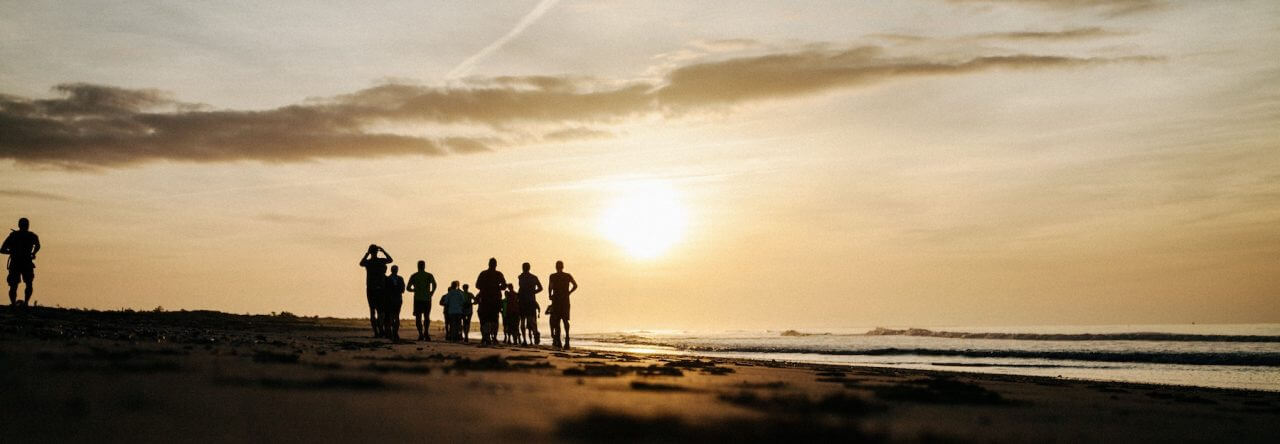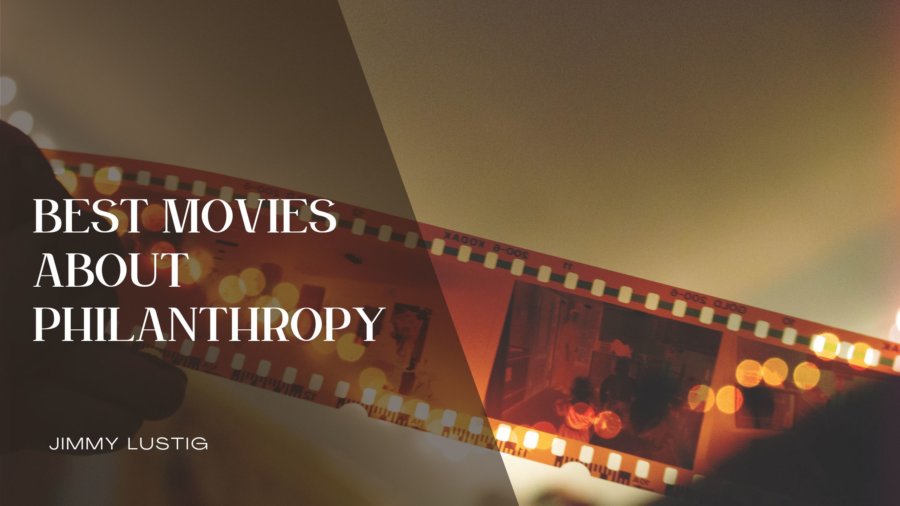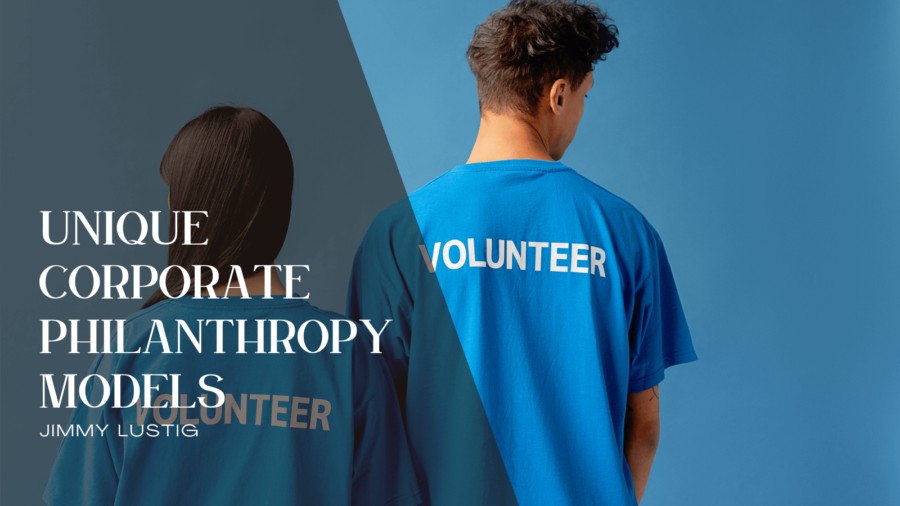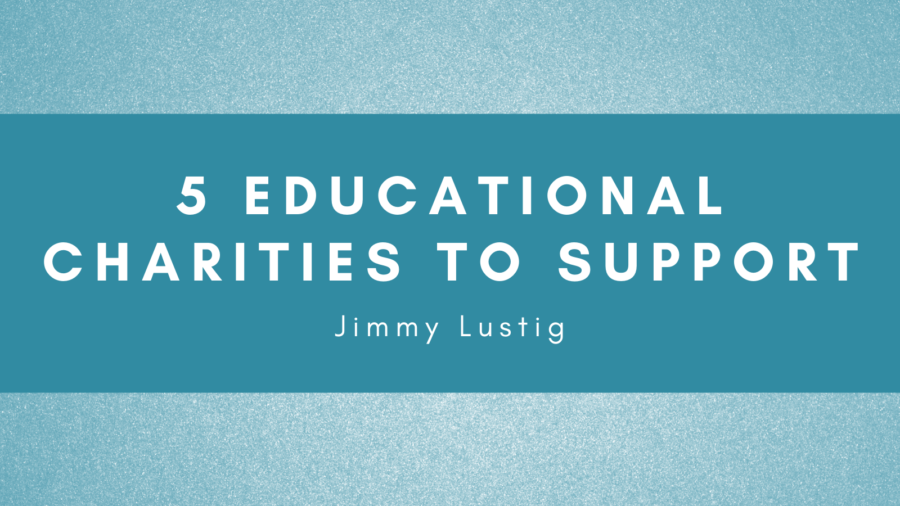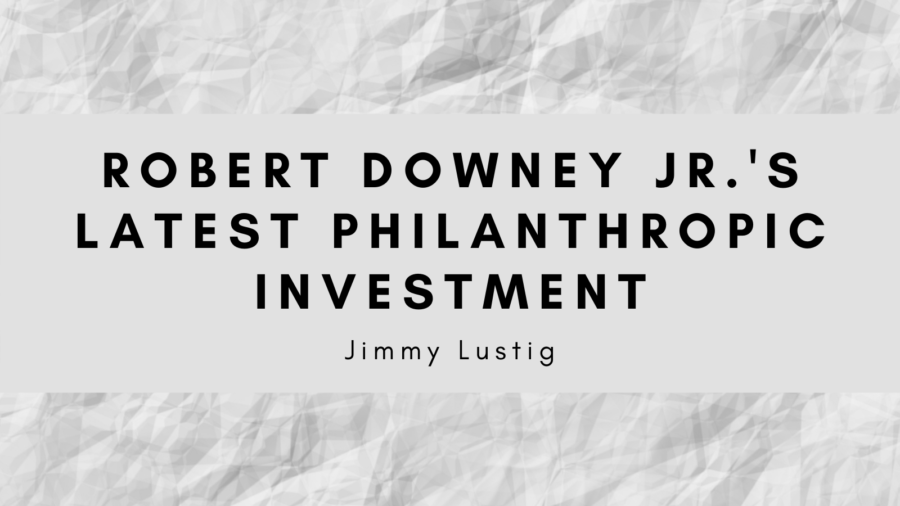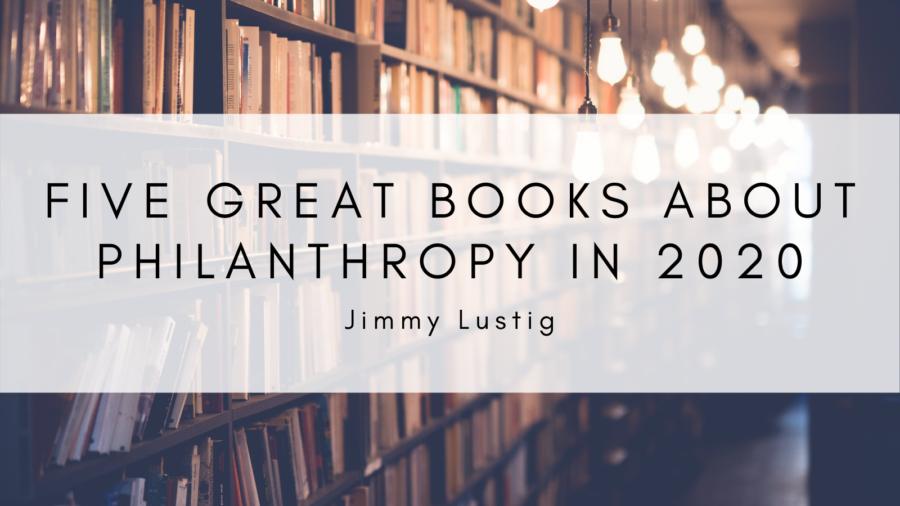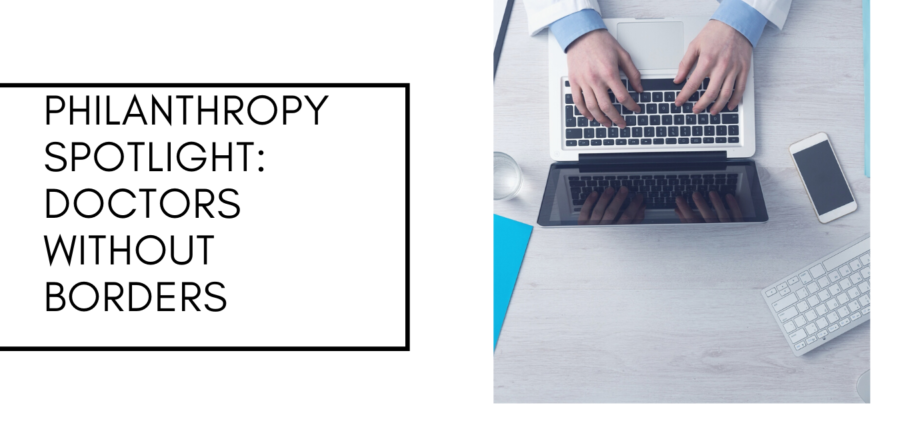Why not spend quality time with your family and watch a good movie? This list features films about giving back and being grateful. The movies selected are uplifting and inspirational, teaching valuable lessons about gratitude and appreciation.
The Revolutionary Optimists
This uplifting movie is about a group of kids living in a slum in Calcutta who work together to improve their community. The Gates Foundation funded the film.
It’s A Wonderful Life
A frustrated businessman meets an angel, played by Jimmy Stewart, who shows him what life in his town would be like if he were not alive. It shows how each person makes a difference to those around them.
Forrest Gump
Tom Hanks, Sally Field, Gary Sinise, and Robin Wright star in this film about living life to the fullest. It encourages people to take advantage of every opportunity that comes their way.
Mr. Holland’s Opus
Richard Dreyfuss stars as a composer who is finally satisfied after working as a high school teacher. The lesson he learns from this experience is gratitude and sacrifice.
It Could Happen to You
Nicholas Cage plays a police officer who gives a waitress a part of his lottery ticket instead of a tip. When they win, he honors his promise, and they give the money away while finding love.
The Blind Side
The film is based on the true story of a homeless boy named Michael Oher, who became an All-American football player after a woman and her family opened their home and hearts to him. It shows how one person can make a difference.
The Pursuit of Happiness
In this film, Will Smith stars as a struggling salesman who decides to make a major career change. Despite his hardships, he still manages to achieve greatness.
Freedom Writers
Hilary Swank stars as a young teacher who motivates her students to develop their tolerance and pursue higher education.
Hidden Figures
The film focuses on the contributions of African-American women who worked at NASA. Katherine Johnson, Dorothy Vaughan, and Mary Jackson were instrumental in John Glenn’s historic flight, bringing back the nation’s confidence.
Patch Adams
Based on the real-life story of a medical student, this film shows how unconventional therapy can help patients.
Hopefully, some of these will inspire you and your family to give a little more and have an open mind.
